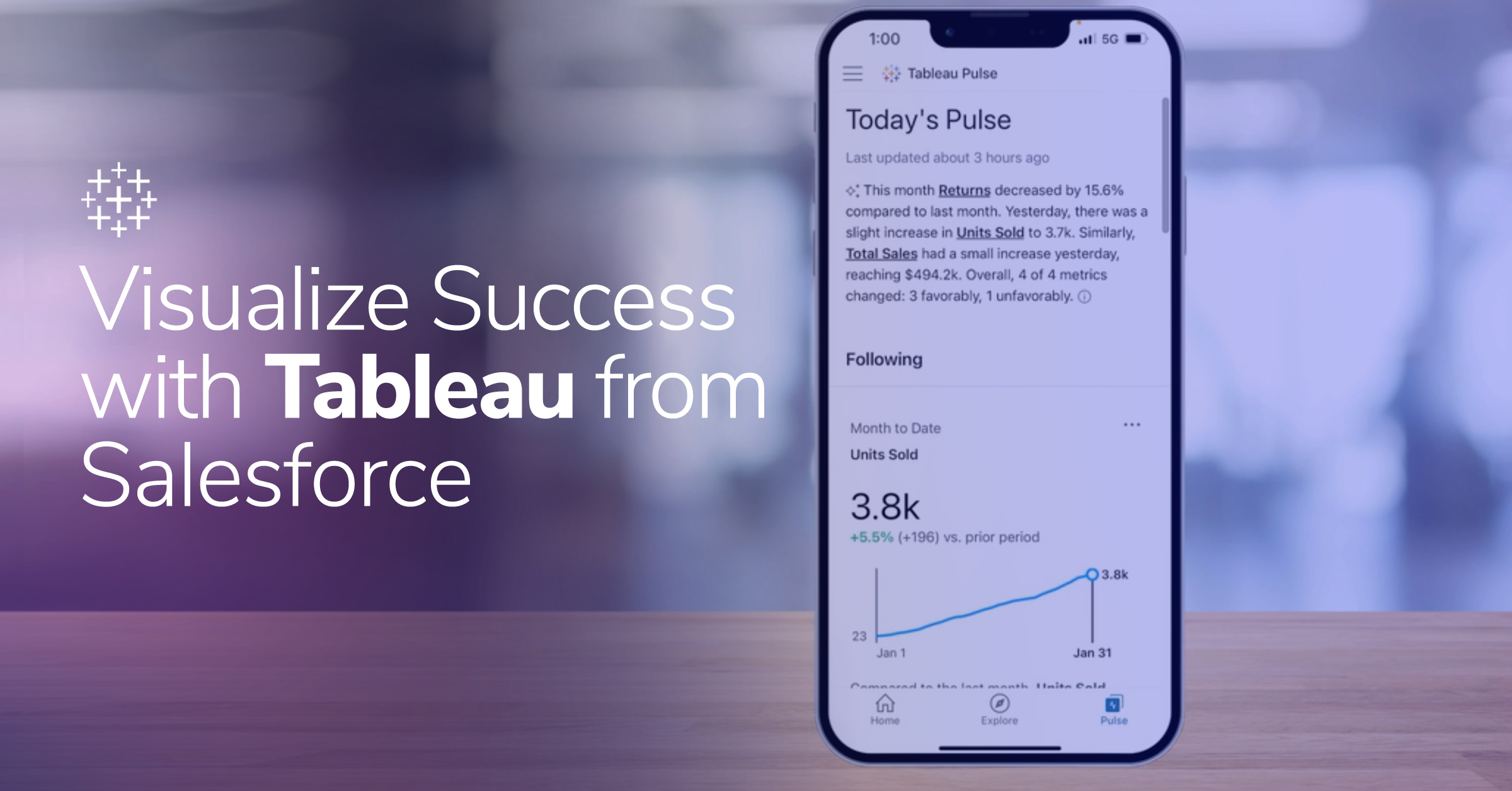Testing: How Does The Website Optimizer Calculator Work?
Don’t you ever wonder about the computations of that little calculator that Google gives you to figure out the length of a multivariate test?
I don’t have any insider knowledge. But I have studied it enough to understand certain issues (and many thanks to Dylan Lewis of the Web Analytics Wiki for confirming my suspicions wrt how it should work.) Specifically, you should need more data to “prove the same thing” if your control has a higher conversion rate, up to a conversion rate of 50%.
So let’s start: why does the GWO calculator ask you to input the conversion rate of your current page? Well, here’s why they care. If you hold everything else the same and tell the calculator that your current conversion rate is 4% instead of 3%, it will want a larger sample (translation: more pageviews, or more time to get those more pageviews) in order to get the statistical significance it needs.
So look at these two examples. All the variables are the same (sort of — I promise I will explain.) However, in the examples below, one conversion rate was 3% and the other is 4%. Notice, also (here is the explanation just promised) that I changed the expected increase in conversion rate. With the 4% test, I have it expected to increase by 25% (so that I will get a one point lift in my conversion — after all, .25*4=1) And with the 3% test, it’s expected to increase by 33.33% (because 3% times .33333 is also a one point lift):


So when the current conversion rate is higher, and you are looking for the same absolute expected improvement, the test takes longer, so that you can get more pageviews – i.e. get a greater sample size.
Why?
Why do we need more data to prove improvement with a highly-converting page than with a poorly converting page? Here, I will use a more extreme example: an absolute increase of one point is pretty low when you are looking at a page that converts at 25%. So we need lots of data to prove that a test will do better than the 25%. But a one point increase — that a whopping increase if your control page converts at 4% right now. So we can prove that our new test is better than our old control with just a little bit of data in that situation.
Here’s the really interesting part: when your control has a conversion rate of 50%, you need the most pageviews, i.e. time to get those pageviews. As you keep going beyond 50%, the time to run your tests starts to decrease. When you get to a conversion rate of 75% for your control, the time it takes for the test should mirror the time it takes at a control conversion rate of 25%. (It’s not perfectly exact for mathematical reasons that are too boring to go into here.) But check it out:


(notice that 25* 10% is a 2.5 point lift, and 75* 3.33333 is a 2.5 lift in conversion rate, also.)
Why?
Why does it all turn around at 50%? And I want to try to explain this without using ps and qs and little hats, since I’m not a statistician. So I won’t use fancy equations. Just simple ones.
All these equations that are behind all these kinds of calculators, they include two events: heads or tails. Conversions or non-conversions. They never say (to the extent that they talk), “Conversion is good.” Only people think that conversion is good and non-conversion is bad. (Those equations also include other stuff, but we don’t have to go there.) In fact, you have to have five conversions and five non-conversions for a combination to show up in the graphical area of the website optimizer (the area where the bars are green and grey and red.)
So when you start playing with conversion times non-conversion, you find out that they multiply out to the largest amount when they are both 50%. Right? .5*.5= .25 but if you now use a little 2% conversion rate instead, you have .02*.98 = .0196. That’s way lower than .25 (and remember — this is not sample size, but is one of the important parts of the sample size equation.)
My fourth grade teacher, Mrs. Petrowski, insisted that I learn all those math laws, and one of them was about “commutativity” — it doesn’t matter what the order is in multiplication, you still get the same answer, she lectured. So we can swap those numbers and say that the conversion rate is 98%, leaving the non-conversion rate to be 2%, and the product is still .0196.
So whether you have a 98% conversion rate or a 2% conversion rate — your sample size is going to be the same. (Remember that there is a lot of other junk that goes into the equations, but this basic principle should hold, even though I don’t have access to the innards of the calculator.) And from all this gobbledygook we learn:
- To prove that a test is 1% better than the control, you need more pageviews if the control has a high conversion rate than you would if the control had a low conversion rate.
- However, once the control has a conversion rate over 50%, you start needing fewer pageviews.
- This is a hard topic. If you didn’t understand, please comment and I will do my best.
Whew. This post took me at least two months to write. Many thanks toDylan, again; to Wendi Malley; to Tom Leung (whom I have driven wild on this topic); and to EV, the GWO engineer who must be sorry he ever gave me his email address.
Everyone who thinks that change in conversion rate should be viewed as a PERCENT and not as an absolute lift in conversion is welcome to flame in the comments.
Robbin


